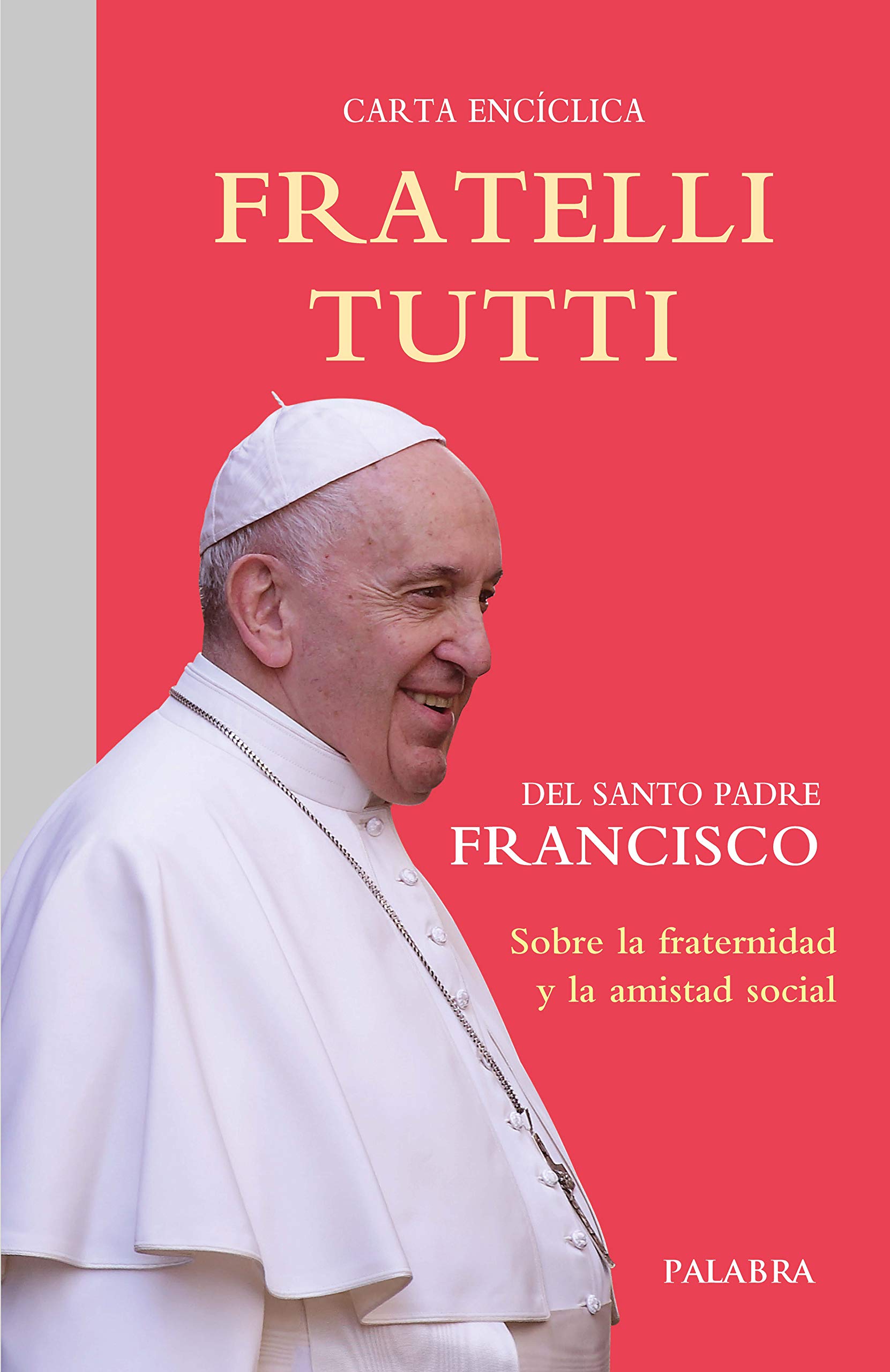Lesson 6: Sharing
 When I at first asked my face-to-face discussion groups to define friendship, I got the answers I expected. They seemed to say the same things as early Christian writers. For instance, they echoed what Ambrose wrote in 340 AD: “Friends open their hearts to each other, sharing their deepest thoughts, their hopes and fears, their joys and sorrows.”
When I at first asked my face-to-face discussion groups to define friendship, I got the answers I expected. They seemed to say the same things as early Christian writers. For instance, they echoed what Ambrose wrote in 340 AD: “Friends open their hearts to each other, sharing their deepest thoughts, their hopes and fears, their joys and sorrows.”
But as the discussions progressed, I realized, surprisingly, the early Christians were more open than modern Christians. For instance, when I asked my groups to mention examples of friendship in the Bible, they came up with David and Jonathan, but then stalled. They obviously regarded friendship happening between those of the same gender; men have male friends, women female, but not many have friends of the other gender. The early writers, on the other hand, included Adam and Eve, Ruth and Boaz, Jesus and Mary Magdalene, and other men and women examples.
My classes spent some time noting how male and female friendships differ, thinking women share secrets and men activities, such as work and sports. None of the early Christians mentioned anything like that. Instead they emphasized the help-mate characteristic which Genesis used to define Adam and Eve’s relationship. These ancients would not have any difficulty with moderns speaking of their spouses as their best friends.
Again, my groups naturally spoke of friends being people who agree on things, much like the Roman Cicero did. For centuries the early Christians spoke of their faith necessitated going beyond this, noting Jesus being friends with tax collectors and sinners, even Judas. That forced them to differentiate between close friends and enemies. Aelred in the 12th century did this by saying we are called to love even our enemies, but close friends are those we love “without any qualms.”
These ancient writers could do this by basing friendship on the most fundamental of human characteristics. Ambrose said it is founded on the natural benevolence planted in the hearts of Adam and Eve. He includes both, noting an equality we usually do not associate with the early Church. Aelred goes further, claiming friendship is the image of God in humankind. Sin might have damaged the practice of this natural tendency, but we can still see traces of it. For instance, when we experience something like a beautiful sunset, we wish someone was there to share it with us. Christ calls us to return to our basic humanity that overcomes all boundaries in order to befriend all.
The thought found in these early writings was that the resurrection enabled us to share Jesus’ spirit through participating in the Communion meal. Christian community is the sharing of the resulting spiritual gifts in a kind of division of labor among friends. They often referred to Acts 2 that reports the first Church sold their personal possessions and placed the proceeds in a common purse. One of the early Church Fathers claimed Christians held everything in common, except their wives; again, some humor we do not usually associate with early Christians.
I think most of us associate friendship with sharing, but not going as far as these early Christian Fathers. We have no problem seeing families sharing this way, but are more cautious about friends. Certainly the Church would be a lot more attractive, if she worked harder to practice this kind of sharing by caring for one another, whether in the spirit of family or friend.
Nonetheless, defining friends as those who share themselves with each other rings true for us. Next week, we’ll look at characteristics we usually do not associate with friendship in our time and place.

 Frontline Study is an online discussion of the scriptures, inviting you to share your comments and your reflections on each weekly topic. Simply click on the "Add Reply" text at the top of each post to see what others have posted and to add your thoughts.
Frontline Study is an online discussion of the scriptures, inviting you to share your comments and your reflections on each weekly topic. Simply click on the "Add Reply" text at the top of each post to see what others have posted and to add your thoughts.
Recent Comments